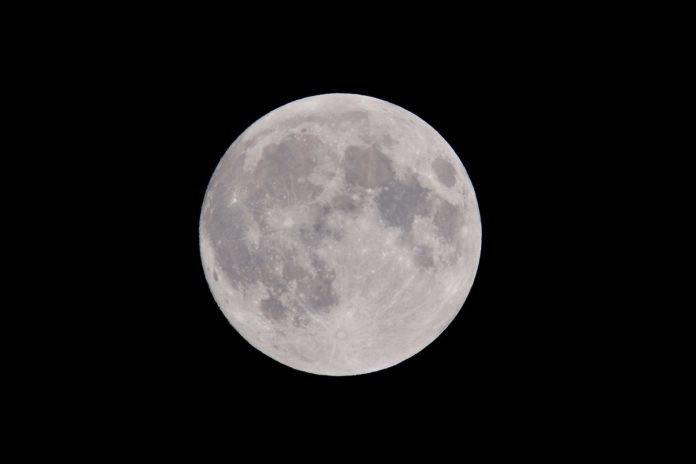There used to be several theories about how the Moon was made. According to a popular theory, Moon was formed by a Mars-sized body colliding with Earth’s upper crust, which is poor in metals.
A new study by the University of Southern California casting new light on the composition of the dust found at the bottom of the Moon’s craters. Using radar to image and characterize this fine dust, scientists found that Moon’s subsurface is more metal-rich than previously thought. Scientists believe that the study could challenge our understanding of that process.
Scientists suggested that the dust at the bottom of the Moon’s craters is ejected materials forced up from below the Moon’s surface during meteor impacts. When comparing the metal content at the bottom of larger and deeper craters to that of the smaller and shallower ones, the team found higher metal concentrations in the deeper craters.
What does a change in recorded metal presence in the subsurface have to do with our of the Moon?
According to traditional theory, around 4.5 billion years ago, there was a collision between Earth and a Mars-sized proto-planet (named Theia). Most scientists believe that collision shot a large portion of Earth’s metal-poor upper crust into orbit, eventually forming the Moon.
One puzzling aspect of this theory is that the Moon has a higher concentration of iron oxides than the Earth. This study contributes to the field in that it provides insights about a section of the Moon that has not been frequently studied and posits that there may exist an even higher concentration of metal deeper below the surface.
Scientists say that it is possible that the discrepancy between the amount of iron on the Earth’s crust and the Moon could be even greater than previously thought, which questions the current understanding of how the Moon was formed.
The fact that our Moon could be more abundant in metals than the Earth challenges the notion that it was portions of Earth’s mantle and a crust that were shot into orbit. A greater concentration of metal deposits may mean that other hypotheses about the Moon’s formation must be explored.
It may be possible that the collision with Theia was more devastating to our early Earth, with much deeper sections being launched into orbit, or that the collision could have occurred when Earth was still young and covered by a magma ocean. Alternatively, more metal could hint at a complicated cool-down of an early molten Moon surface, as suggested by several scientists.
Essam Heggy, research scientist of electrical and computer engineering at the USC Viterbi School of Engineering, and co-investigator of the Mini-RF instrument onboard NASA Lunar Reconnaissance Orbiter (LRO) said, “By improving our understanding of how much metal the Moon’s subsurface has, scientists, can constrain the ambiguities about how it has formed, how it is evolving and how it is contributing to maintaining habitability on Earth. Our solar system alone has over 200 moons — understanding the crucial role these moons play in the formation and evolution of the planets they orbit can give us deeper insights into how and where life conditions outside Earth might form and what it might look like.”
Wes Patterson of the Planetary Exploration Group (SRE), Space Exploration Sector (SES) at Johns Hopkins University Applied Physics Laboratory, said, “The LRO mission and its radar imager Mini-RF are continuing to surprise us with new insights into the origins and complexity of our nearest neighbor.”
Scientists are further planning to conduct additional radar observations of more crater floors with the Mini-RF experiment to verify the initial findings of the published investigation.
Journal Reference:
- E. Heggy, E.M. Palmer, T.W. Thompson, B.J. Thomson, G.W. Patterson. Bulk composition of regolith fines on lunar crater floors: Initial investigation by LRO/Mini-RF. Earth and Planetary Science Letters, 2020; 541: 116274 DOI: 10.1016/j.epsl.2020.116274
